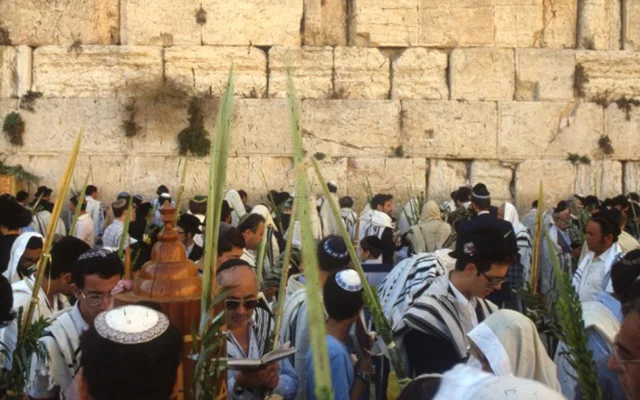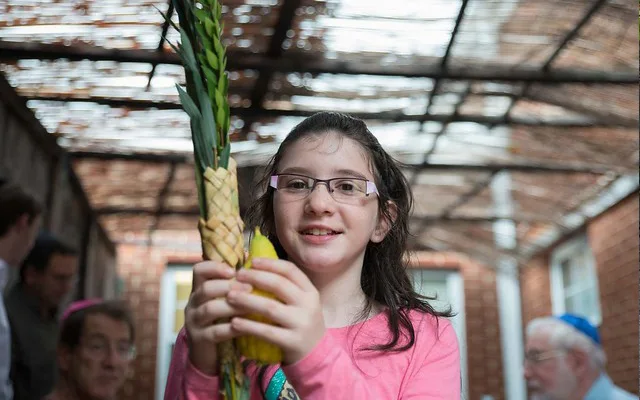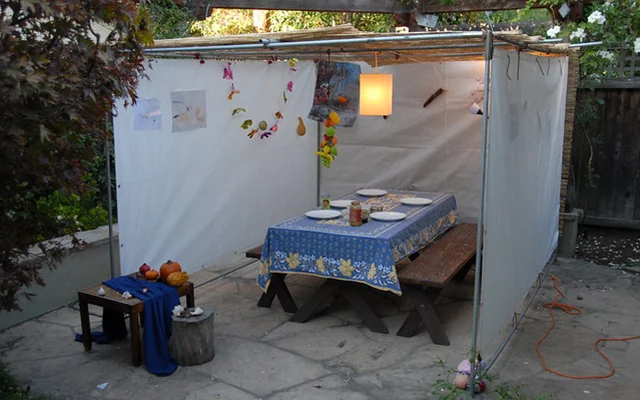What is Sukkot & why it is celebrated?
Discover the fundamentals and the roots of the Jewish holiday of Sukkot, which is celebrated with devoutness by the Israelites.
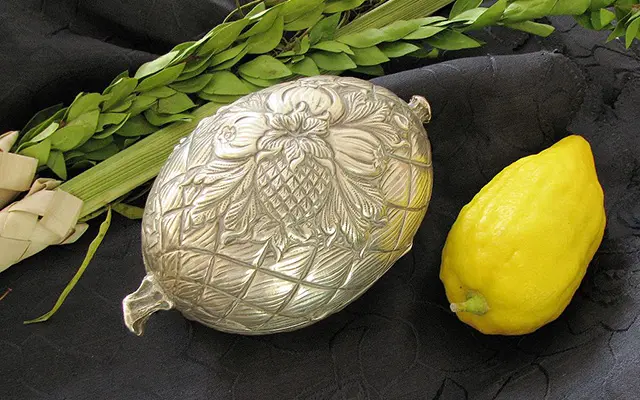
The meaning and the significance of Sukkot
Other Names
- Festival of Tabernacles
- Festival of Ingathering
- Season of Our Rejoicing
- Festival of Booths
Sukkot is a week-long Jewish holiday celebrated on the 15th day of the 7th month (Tishrei) of the Jewish calendar. It is an annual movable festivity and based on each year it can fall either in September or October. The first and the last day are Shabbat-like holidays and most types of work are forbidden. While during the intermediate days (Chol Hamoed) certain work is permitted.
In the Biblical era when the Jerusalem temple was still existing, Sukkot was one of the three biggest pilgrimage festivals along with Passover and Shavuot. The name of the festival derives from the plural form of the word Sukkah, which is a type of temporary dwelling that means tabernacle (booth) in Hebrew.
The festival contains strong religious and spiritual connotations that are highly related to the historical origins of the Israelites. The practices and ceremonies include direct implications of the deeper meaning of the feast and they are followed widely in Israel as well as in the diaspora.
If we bear all this suffering and if there are still Jews left, when it is over, then Jews, instead of being doomed, will be held up as an example.
The Historical and agricultural aspect of Sukkot
In our days the feast is related to special prayer services and festive meals. The synagogue is one of the centers of the celebration where the observers take part actively in rituals honoring God. On the other hand, the festival is a unique opportunity for family gathering and common celebration.
The main target of the festivity is to praise the favor of God and commemorate the difficult time of the ancestors (Israelites) during the period of their wandering in the desert. Some of the main followed traditions, like building a Sukkah, is a direct implication of that incident. It is observed as a time of reconnecting to nature, relaxation, and enjoyment. The holiday meals in the Sukkah are among the highlights of the festival that is generally highly anticipated in the Jewish community.
Sukkot is a celebration with strong ties to the routes, the identity and the traditions of Jewish people. A closer look at the fundamental elements of the feast reveals the historical and agricultural connotations in the customs and the practices that are followed.
Historical origin
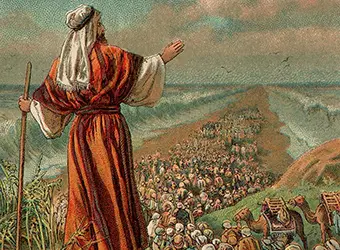
Historically, Sukkot recalls the events related to the liberation of Jewish people from Egypt.
When the Israelites left Egypt, they wandered for 40 years in the desert before they reached the promised land of Israel. During that period they were living in temporary shelters which were made out of branches and palm leaves. Those temporary huts provided shelter to the wanderers and are known as Sukkot, where the name of the festival is coming from.
The sukkah (Sukkot in plural) represents the fragility of human existence, so the festivity as a whole is a time to appreciate the shelter of people’s homes and bodies.
Agricultural origin

On the other hand, Sukkot marks the end of the harvest period at the land of Israel.
It has its routes to older agricultural celebrations which Rabbinic Judaism attempted to revitalize even for the urban population by tying them to the Torah (law of God). Thus, even in religious scripts, Sukkot is the celebration associated with an explicit commandment to rejoice and celebrate. In humanistic Judaism, the original aspect of a thanksgiving celebration for a good harvest is still alive.
The Sukkah then represents the hut where the farmers would live during the hectic period of harvesting, while agriculture is celebrated as the first step towards human accomplishments (mastery of the environment, farms evolving to societies, etc.).
